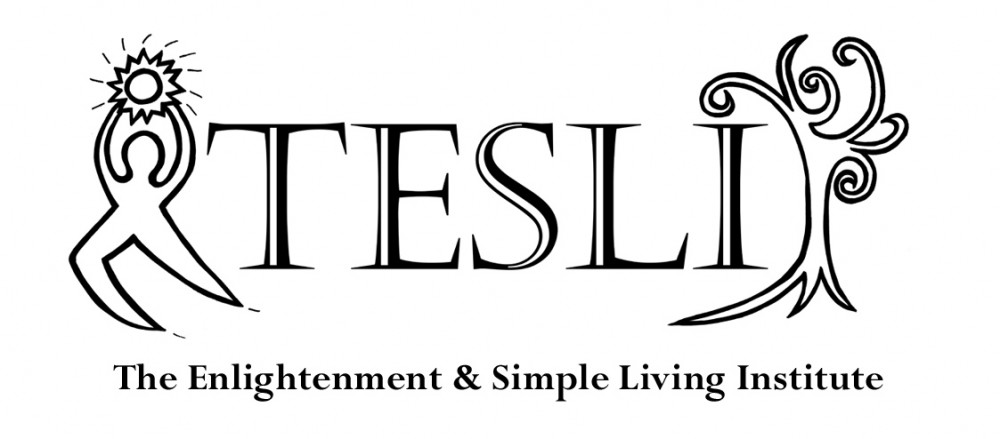The Truman Show, a movie released in 1998, demonstrates a couple of Buddhist and/or common spiritual ideas. These include how insight experiences mature to insight and how deceptive reality will eventually be illuminated and overturned by Truth.
In the movie, Truman (Jim Carrey) is adopted at birth by a corporation  and becomes part of a reality TV show featuring him that airs worldwide 24 hours a day. His world consists of a man-made set, Seahaven, which is an island populated by actors. Every once in awhile he may get an idea that his world is peculiar, but the participants in the deception work to support his view that Seahaven world is real. The movies depicts Truman, in his third decade, becoming suspicious and trying to break through the veil of deception. While the Truman Show director and producers are trying to keep him trapped, the viewing audience is rooting for his escape.
and becomes part of a reality TV show featuring him that airs worldwide 24 hours a day. His world consists of a man-made set, Seahaven, which is an island populated by actors. Every once in awhile he may get an idea that his world is peculiar, but the participants in the deception work to support his view that Seahaven world is real. The movies depicts Truman, in his third decade, becoming suspicious and trying to break through the veil of deception. While the Truman Show director and producers are trying to keep him trapped, the viewing audience is rooting for his escape.
I was originally introduced to the movie by Geshe Michael Roach, who suggested it illustrated the idea that buddhas are all conspiring to get us enlightened. However, it seemed to me, that the most active participants in Truman’s world were working to keep him in his trapped state. Albeit, the viewing audience was on his side, they were powerless to help him. This is much like the idea that we have to do our own work to reach enlightenment. Buddhas can help by teaching, but they cannot create our enlightenment for us.
The movie, however, does seem to illustrate quite nicely the idea of deceptive reality. In the Buddhist model, the world we live in is quite real, but the reality of it is deceptive. This is similar to how Truman’s world was real, but not the way Truman thought it was.
Our normal reality, or conventional reality, does not work the way it appears to work. For instance, it appears that when we do something wrong (e.g. lie to our boss that we missed work because we were sick when we were not) that good comes from that (e.g. we keep our job and get a day off). This apparent cause and effect is a deception. Only the unpleasantness of being lied to or being deceived can come from telling a lie. This is not obvious because of the time delay between the action and the fruit of the action. This is how we can act in ways that harm ourselves – the cause and effect connection is not obvious.
Truman had experiences in his childhood and as a young adult that could have led to insight into the reality of his world, but it wasn’t until he got older did enough of these experiences mature into true insight. When he got the idea that his world might not really be as he thought, he began to test that insight and it was validated. This realization then caused him to renounce the world. In fact, he was so done with the world that we was willing to die as opposed to living the lie anymore.
This is similar to any spiritual quest. One starts with a dissatisfaction with the world and a seeking for something better. This causes one to examine their world more closely. In Buddhism this culminates in a realization that the impermanence and suffering in the world are truly not satisfying and feeds the drive to reach a “state” that can provide lasting satisfaction.
In Buddhism we say that samsara will have an end and that all beings will become enlightened because truth is a powerful antidote. We see that manifest in Truman’s world. Despite his world continuing to feed him lies, he recognizes truth and goes after it. In the end he reaches freedom and the Buddhas (viewing audience) cheer.
Your purchase using this link helps support TESLI.

